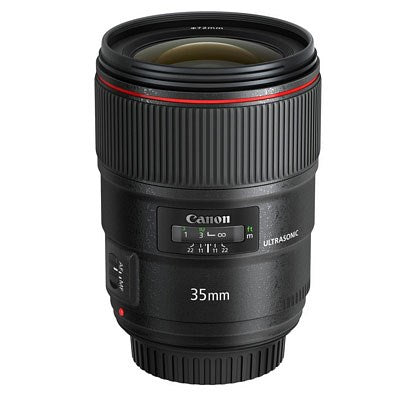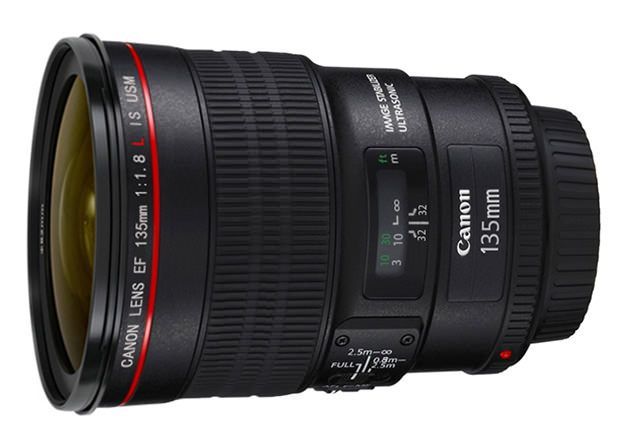Product Description
Canon EF 35mm f1.4L II USM Wide Angle Lens
- A wide-angle view with a natural perspective
- Superb low-light performance and depth of field control
- Sets new standards in image quality
- Focuses quickly and discreetly
- Keep shooting even in tough conditions
Offers a wide-angle view with a natural perspective:
A classic, slightly wide-angle 35mm focal length, loved by documentary photographers for its ability to capture a subject within its environment without distorting perspective.
Superb low-light performance:
A large f/1.4 maximum aperture lets in two stops more light than an f/2.8 zoom lens, making this an ideal lens for hand-held photography in low-light conditions.
Shooting at wide apertures allows photographers to limit the depth of field. Creating such shallow-focus effects is one way that a subject can be made to stand out against a background and is particularly effective when combined with the lens’s wide-angle field of view.
The lens’s nine-bladed aperture renders out-of-focus areas smoothly and naturally.
Sets new standards in image quality:
Blue Spectrum Refractive optics, made from an organic optical material developed by Canon, tackle colour fringing by correcting chromatic aberrations to a degree not previously possible.
Ultra Low-Dispersion (UD) optics and two aspherical lens elements provide incredible sharpness right across the frame – even when the lens is used wide open.
Subwavelength structure coating boosts contrast and guards against flare and ghosting when shooting into the light.
Focuses quickly and discreetly, letting you capture the unexpected:
Ring-type USM autofocus establishes accurate focus quickly and in near silence, letting you work without disturbing the scene.
Full-time manual focusing allows focus adjustments without changing focus mode or removing your camera from your eye.
Keep shooting even in tough conditions:
Canon’s legendary L-series build-quality inspires confidence and adds durability. Weather sealing guards against dust and moisture, while a fluorine coating protects the lens’s front and rear element from grease and dirt, and makes it easier to clean.
For full specifications click Here
Payment & Security
Your payment information is processed securely. We do not store credit card details nor have access to your credit card information.




















